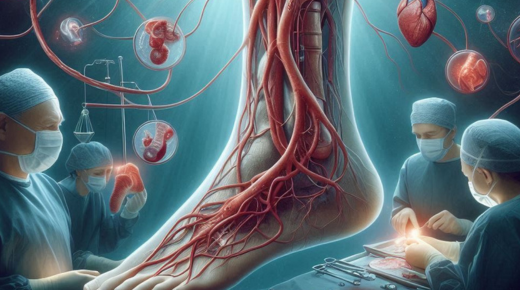
Navigating the path to recovery from spinal cord disorders can feel as complex as a maze. Yet, there’s light at the end. Neurologists, the maze runners of the medical world, have a clear approach to treating these disorders. This approach isn’t a quick fix — it’s not a mere headache Toms River can drown out. This is about a complete change, a total reboot, a path that leads to a healthier you. Read on to learn how neurologists map out this path to recovery.
Understanding Spinal Cord Disorders
Spinal cord disorders are serious. They disrupt communication between your brain and body. This can lead to loss of movement and feeling. However, neurologists are experts at treating these issues.
The Neurologist’s Approach
Neurologists have a three-fold approach. They first aim to stop further injury. Next, they work to restore function. Lastly, they help patients adapt to their new reality. They don’t promise miracles. But they bring hope. They bring expertise.
Stopping Further Injury
Neurologists use a variety of tools to stop further injury. This includes medication and sometimes surgery. Their goal is to protect the spinal cord from more damage. The exact treatment will depend on your individual case.
Restoring Function
Once the injury is stable, the focus shifts to restoring function. This might involve physical therapy or occupational therapy. The aim is to get you back to your daily activities as quickly as possible.
Helping Patients Adapt
The final step in the neurologist’s approach is helping patients adapt to any changes. This might involve learning new skills or finding new ways to do things. It’s about making the most of what you have.
How Do I Know If This Approach Is Right For Me?
Only a qualified neurologist can tell you if this approach is right for you. They will look at your symptoms, your medical history, and your test results. They will then recommend the best course of action for you.
A Quick Comparison
Here’s a quick comparison of the three steps in the neurologist’s approach:
- Stopping further injury – Protect the spinal cord
- Restoring function – Get you back to daily activities
- Helping patients adapt – Make the most of what you have
Remember, this is a journey. Each step builds on the one before. It’s not always easy. But with the right support, you can navigate this maze. You can reach the light at the end. And that is worth fighting for.
